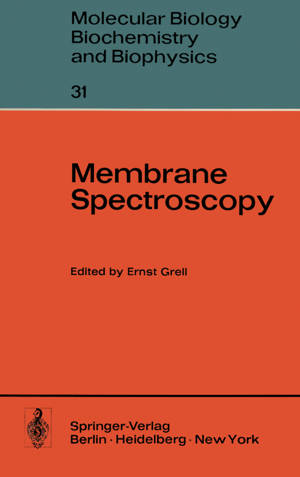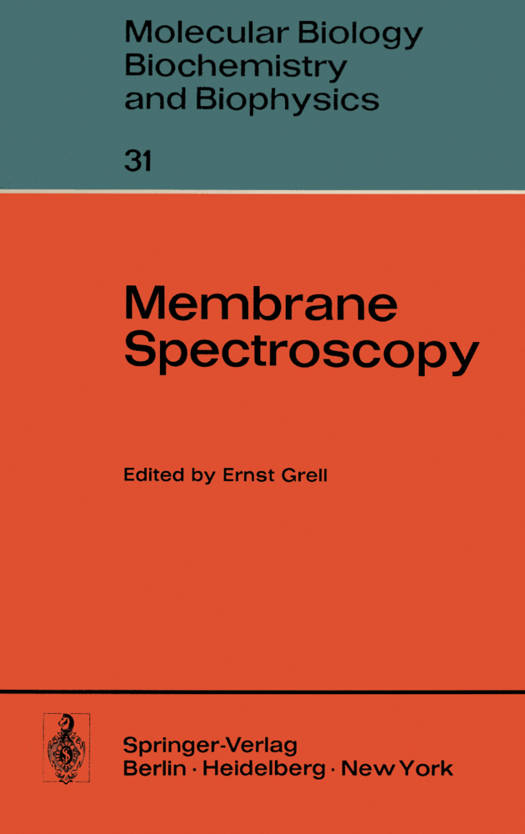
Bedankt voor het vertrouwen het afgelopen jaar! Om jou te bedanken bieden we GRATIS verzending (in België) aan op alles gedurende de hele maand januari.
- Afhalen na 1 uur in een winkel met voorraad
- In januari gratis thuislevering in België
- Ruim aanbod met 7 miljoen producten
Bedankt voor het vertrouwen het afgelopen jaar! Om jou te bedanken bieden we GRATIS verzending (in België) aan op alles gedurende de hele maand januari.
- Afhalen na 1 uur in een winkel met voorraad
- In januari gratis thuislevering in België
- Ruim aanbod met 7 miljoen producten
Zoeken
Membrane Spectroscopy
€ 181,95
+ 363 punten
Omschrijving
The last 10 years have seen an enormous growth in our understanding of the molecular organisation of biological membranes. Experimental methods have been devised to meas- ure the translational and rotational mobility of lipids and proteins, thereby furnishing a quantitative basis for the concept of membrane fluidity. Likewise, the asymmetry of bi- layer membranes as evidenced by the asymmetric insertion of proteins and lipids has been put on firm experimental ground. At higher molecular resolution it has been possible to provide a detailed pi2ture of the molecular conformation and dynamics of lipids and, to some extent, even of small peptides embedded in a bilayer matrix. Many of these achieve- ments would not have been possible without the application of modem spectroscopic methods. Since these techniques are scattered in a variety of specialized textbooks the present monograph attempts to describe the key spectroscopic methods employed in present-day membrane research at an intermediate level. There is no question that the elusive detailed structure of the biological membrane demands a multiplicity of experi- mental approaches and that no single spectroscopic method can cover the full range of physical phenomena encountered in a membrane. Much confusion in the literature has arisen by undue generalizations without considering the frequency range or other limi- tations of the methods employed. It is to be hoped that the present monograph with its comprehensive description of most modem spectroscopic techniques, will contribute to- .
Specificaties
Betrokkenen
- Uitgeverij:
Inhoud
- Aantal bladzijden:
- 500
- Taal:
- Engels
- Reeks:
- Reeksnummer:
- nr. 31
Eigenschappen
- Productcode (EAN):
- 9783642815393
- Verschijningsdatum:
- 19/01/2012
- Uitvoering:
- Paperback
- Formaat:
- Trade paperback (VS)
- Afmetingen:
- 170 mm x 244 mm
- Gewicht:
- 811 g

Alleen bij Standaard Boekhandel
+ 363 punten op je klantenkaart van Standaard Boekhandel
Beoordelingen
We publiceren alleen reviews die voldoen aan de voorwaarden voor reviews. Bekijk onze voorwaarden voor reviews.








